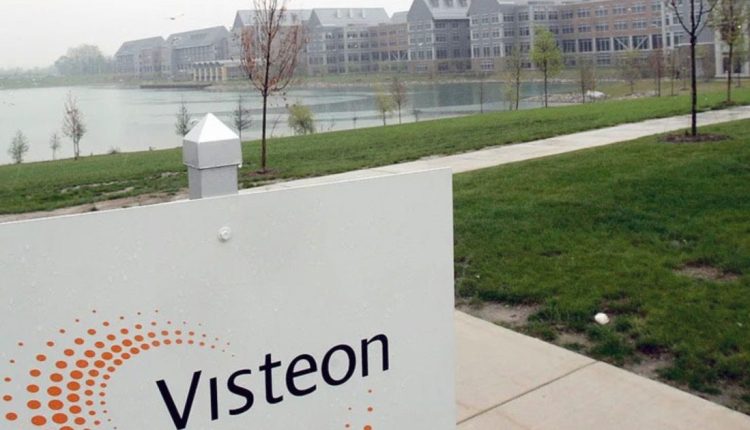Visteon Corp. saw flat sales and stronger margins in the fourth quarter to cap an improved financial performance in 2021, but executives warned of a “peak headwind” on the horizon in the first quarter.
The automotive cockpit electronics supplier posted net sales of $786 million in the fourth quarter, roughly equal to the same point last year, while its net income increased 70 percent to $31 million, according to its earnings report filed Thursday.
For full-year 2021, the supplier’s sales rose 7 percent to $2.77 billion, with net income of $116 million, compared with a $56 million loss in 2020, when COVID-19 choked the industry.
However, the pandemic’s impact has dragged on with supply chain problems a global microchip shortage and commodity cost increases, all of which took a $40 million bite out of Visteon’s business last year.
“Due to the ongoing negotiations with our customers and suppliers, we’re not disclosing the rates of recoveries we are anticipating in our guidance,” Visteon CFO Jerome Rouquet said during a call with investors. “However, we do intend to vigorously pass along the vast majority of these costs to our customers while working to preserve margins.”
The microchip-induced production shutdowns by automakers have hit their suppliers the hardest. The financial strain has been particularly brutal for tier-one suppliers, which are caught in the middle of price increase demands from their suppliers and trying to claw back cost increases from their customers.
Visteon has been especially vulnerable to the microchip shortage because it uses so many of the silicon wafers in its cockpit and dashboard systems.
“The semiconductor content in vehicles continues to increase due to the digitalization of the cockpit…and an increase in share of electric vehicles,” Visteon CEO Sachin Lawande said during the call. “While this is good for Visteon in general, it will impact the number of vehicles that can be built.”
Global vehicle production declined nearly 11 percent in the fourth quarter to 21.1 million. Production for all of 2021 totaled 77.1 million, and Visteon executives are forecasting 84 million units this year.
Assuming that forecast holds true, Visteon is predicting a 17 percent year-over-year sales increase to $3.25 billion. Lawande said he is confident the company will continue to outperform the market, pointing to a strong launch cadence, $455 million in total cash flow and $5.1 billion in new business wins, though that was down slightly than anticipated due to pushouts of some awards by OEMs.
New business includes a panoramic display for a German luxury OEM, SmartCore cockpit controller for a Chinese OEM, information display for a European OEM and a cell monitoring controller for a luxury German OEM, according to the company’s earnings presentation.
The company had 43 new launches last year, 20 percent of which were on EVs. Launches include GM SUVs and trucks, GM Hummer EV, Nissan Ariya, Mahindra XUV700, Ford/Lincoln SUVs and JLR Group Range Rover.
Rouquet said the company expects a pinch on margins in the first part of the year as supply issues linger.
“We expect Q1 to represent t a peak headwind on margins as we absorb higher costs from suppliers while we are still in the process of negotiating 2022 cost recoveries with our customers,” he said.
Despite the warning, shares of Visteon stock shot up 13 percent to close at $118.79 on Thursday — despite major losses on most stock exchanges.
Rouquet said the supplier was able to recover “a fair amount” of cost increases from customers last year, mostly in the second half, but are “still in the middle of negotiating.” The company is forecasting a $20 million hit from price increases this year due primarily to semiconductor shortages and freight cost hikes.
“This performance would not have been possible without the proactive measures we took to optimize supply through the quarter, including constant dialogue with our suppliers and customers, a sizeable level of purchases of semiconductors on the open markets as well as some product redesigns,” Rouquet said.


